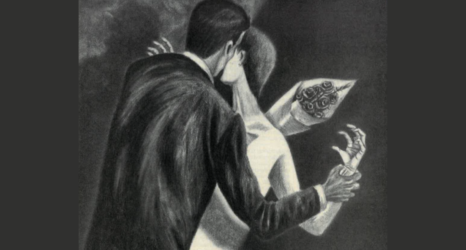Amid an ongoing dialogue surrounding sexual misconduct, a data review by the Associated Press released on Wednesday revealed that sexual assault reports at West Point have doubled from the year before.
There were 50 sexual assault cases in the military academy from the 2016-2017 academic year ending last summer, compared to 26 made during the 2015-2016 school year. In contrast, the same report found that the U.S. Naval Academy in Annapolis, Maryland and the U.S. Air Force Academy in Colorado Springs, Colorado saw only slight increases in sexual assault reporting.
Sexual assault isn’t unique to West Point’s campus, nor is it unique to the armed services. On college campuses, one in five women and one in 16 men will face sexual assault. A 2015 survey found one in three women is sexually harassed in the workplace. The exclusion and abuse of women is a systemic issue that society at large is grappling with, and the problem is only magnified in male-dominated industries and spaces.
This is the fourth year in a row that reporting has increased at West Point, reflecting a trend in the U.S. military. Defense Department and West Point officials have responded to the increase in reporting by citing their efforts to encourage survivors to report their experiences and seek justice. In 2016, service members reported 6,172 cases of sexual assault, compared to 3,604 cases in 2012.
More than 90 percent of victims of sexual assault on college campuses do not report their experiences, and 63 percent of all sexual assaults are not reported to law enforcement, according to a 2015 report by the National Sexual Violence Resource Center. Fostering an environment in which survivors feel safe and respected coming forward is crucial to addressing this issue, but prevention to combat these unsettlingly high numbers is important, too.
Lawmakers like Kirsten Gillibrand (D-New York) and Claire McCaskill (D-Miss.) have been advocating for strengthening protections for survivors and prevention programs in military spaces, endorsing different strategies to a similar end of eliminating sexual violence in U.S. military ranks. Members of the Trump administration, however, have conversely used rates of sexual assault in the military to call for the removal and segregation of women in service.
In 2013, President Donald Trump, then still a reality TV star, tweeted: “26,000 unreported sexual assaults in the military-only 238 convictions. What did these geniuses expect when they put men [and] women together?” Vice President Mike Pence has previously written op-eds about women in the military, going so far as to argue that the Disney film Mulan was liberal propaganda to encourage women to leave the domestic sphere.
The premise of these arguments is that sexual assault and misconduct can be blamed on women merely for existing in traditionally male-dominated spaces. Not only is their rhetoric a prime example of victim-blaming, but it also denies women opportunity—at the expense of a country full of people who would benefit from women’s talents and contributions to the military—and absolves men of responsibility.
Violence against women in the military is by no means a new problem, but these numbers reflect that it’s an escalating problem—and one that starts early. And until sexual assault training and education become a focus at not only West Point, but every military academy and every college campus, the epidemic will only get worse.





